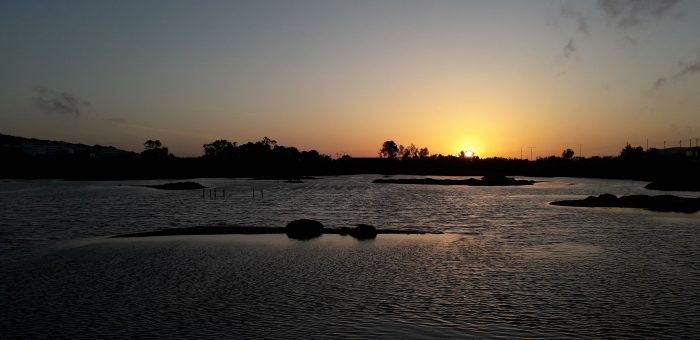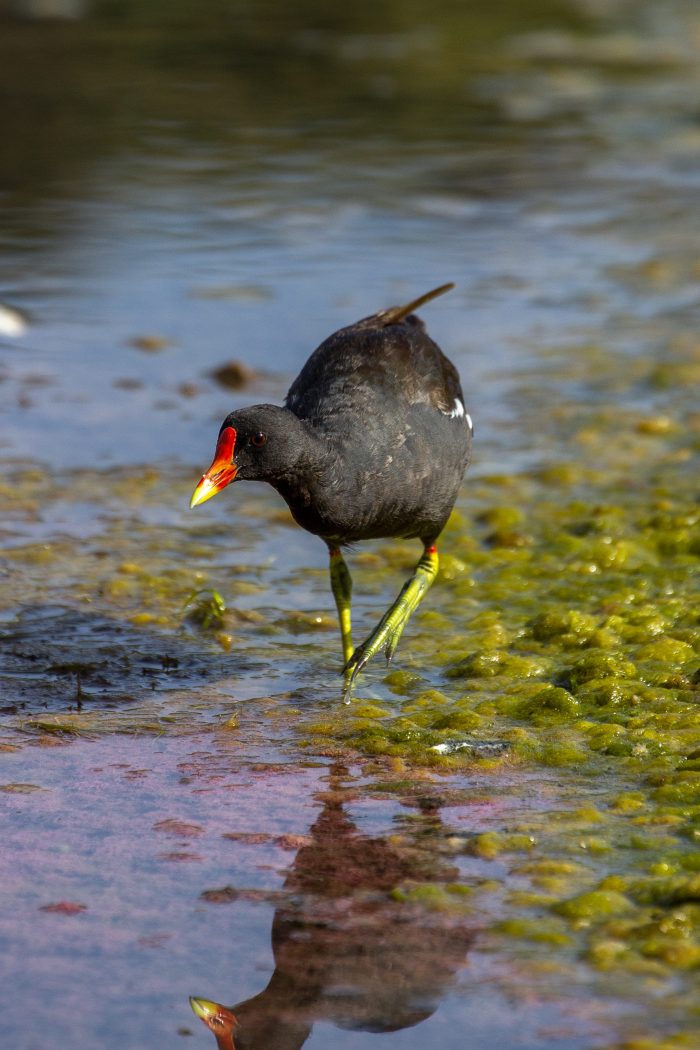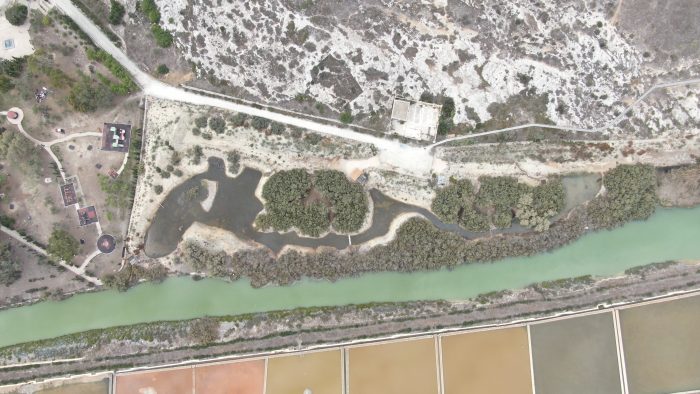A wetland stands as the guardian of biodiversity stability. Its unique features, coupled with the threats they face, underscore the urgency of conserving these vital landscapes for future generations.
What is a wetland?
A wetland is an area of land that is either covered or saturated by water for some or all of the year. Wetlands have plants and animals that are adapted to the low-oxygen conditions of the wet soil. Wetlands can be classified into different types based on their soil, vegetation, water source, and salinity. Some common types of wetlands are bogs, marshes, swamps, and mangroves.

Why is a wetland important for biodiversity?
Wetlands emerge as biodiversity reservoirs, nurturing a plethora of species crucial for humanity and nature. According to the World Economic Forum, approximately 40% of the world’s plant and animal species depend on wetlands, including 30% of all known fish species. These environments filter pollutants, regulate water flow, sequester carbon, and also serve as allies in climate change mitigation and in mitigating ocean acidification.

Coastal wetlands, like mangroves, mitigate storm damage, while wetlands along rivers and streams contribute to flood control and streamflow maintenance. These diverse ecosystems serve as vital habitats for amphibians, reptiles, birds, and mammals, including species listed as threatened or endangered.

In Malta, many bird species depend on wetlands for feeding and nesting such as Black-winged Stilt, Little Ringed Plover and Common Moorhen at Għadira Nature Reserve and Little Grebe and Common Little Bittern at Simar Nature Reserve.
Unfortunately, wetlands are under threat from human activities such as drainage, conversion, pollution, and overexploitation. Since 1970, the planet has lost about 35% of its wetlands. In the past, wetlands were often considered wastelands, but a growing understanding of their significance has transformed them into valuable resources.
What is the impact of climate change on wetlands?
Climate change can exert diverse impacts on wetlands, with outcomes varying based on factors like wetland type, location, and overall condition. One consequence involves the potential loss of carbon stored in wetland soils, leading to increased greenhouse gas emissions and an acceleration of global warming – a critical concern highlighted in our recent press conference, shedding light on prevalent air pollution issues in specific areas of Malta.
Another significant impact revolves around alterations in wetland hydrology. This may manifest as more frequent instances of drying or flooding, thereby influencing the fundamental functions of wetlands and posing a threat to biodiversity. Additionally, coastal wetlands may face saltwater intrusion, resulting in changes to wetland vegetation and salinity levels.
Furthermore, climate change can disrupt the regular timing and quantity of water available to wetlands dependent on snowmelt, potentially diminishing wetland area and connectivity. Coastal wetlands may experience erosion and elevation loss, diminishing their capacity to act as buffers against storm surges and sea level rise.
Impact of wetlands loss in Malta

If wetlands continue to degrade, the outcomes could be disastrous for both nature and people. Imagine biodiversity like a wall made of bricks. Currently, we’re taking away from it, with many species on the verge of extinction, making the impact not immediately obvious. But if we remove too many “bricks,” the entire wall collapses. Without wetlands, species lose their homes and food sources, leading to extinction. Damaging wetlands means destroying the entire biodiversity wall.
Additionally, it’s no surprise that Malta is susceptible to flooding from heavy rainfall, storm surges, and rising sea levels. The Malta Flood Map indicates certain areas are at risk if water levels reach a particular height.
Unfortunately, wetlands are scarce and under threat in Malta due to factors like urbanisation, pollution, drainage, and climate change. If we don’t take care of wetlands, Malta would lose its benefits in biodiversity, water quality, carbon storage, and flood protection.
Where can I find a wetland in Malta?
The 2nd of February is World Wetlands Day! Our Għadira and Simar Nature Reserves play a crucial role in this celebration. Let’s not overlook our new Salina wetland, another success story for BirdLife Malta which has recently been inaugurated. The celebration of this day presents the ideal opportunity to visit it!
However, these reserves are just a few among many. A comprehensive list of wetlands can be found on the Malta Wetlands website. Explore, appreciate, and join us in recognising the importance of these ecosystems on World Wetlands Day!


Visit our brand new Salina wetland this spring….it is ready to welcome you! (Photo by Aron Tanti)

By Antoine Monnier, BirdLife Malta Communication Assistant
Antoine Monnier is an Erasmus+ volunteer following a European Solidarity Corps programme
